Your cart is currently empty!
INTERVIEW | Courtney Gatewood
My name is Courtney Gatewood. I am a single mother of 3 young children living in Tennessee. I began creating art as a young girl but was discouraged. I did what I thought I needed to do until life hit hard. I sought to start creating again like I did as a child and put myself in school to develop my thought process to aid my creation. I have learned a lot, but I still run into so many questions. I end up questioning the connection other artists are allowed to have with art and why. Exploring this will lead me to the path I have been looking for.
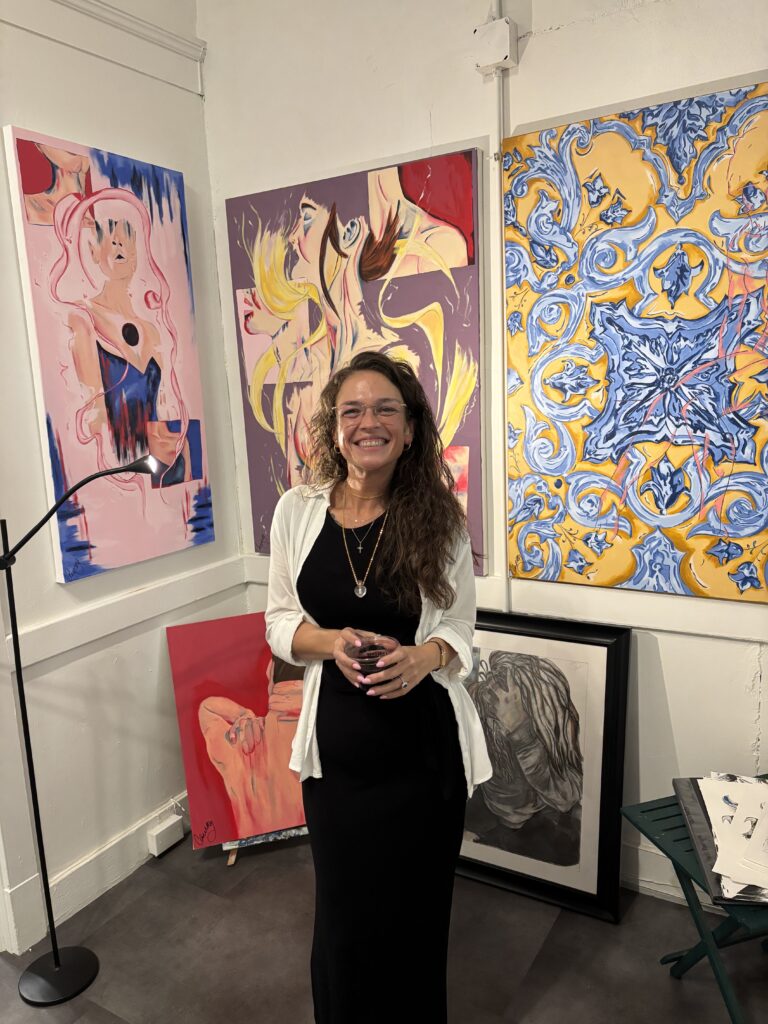
Instagram : instagram.com/courtneyartwork
As an artist, I strive to unravel the intricate connections that artists share through the creative process, aiming to gain a deeper understanding of myself and the world. I explore this fusion through my art, although at times I feel detached during the process, resulting in work that may appear somewhat ambiguous. I delve into the works of other artists to uncover insights into the motivations that drive their connections. Despite these challenges, I remain committed to my creative pursuits, hopeful that I will gain a deeper understanding of the connections I seek to convey and illustrate my efforts to connect the dots of this relationship through expressive mark-making and abstracted figurative concepts.
Connecting with others, whether through human interaction or artistic expression, is immensely meaningful. It imbues life with purpose and facilitates a better comprehension of the human experience. Connection is vital; it serves as a driving force that propels us forward
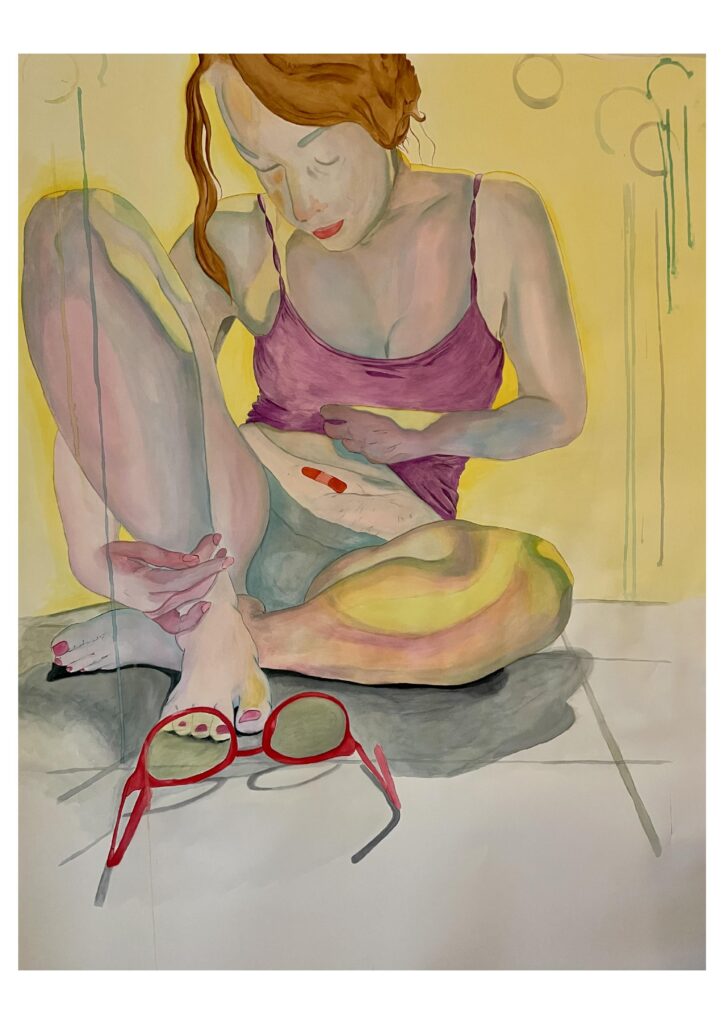
1.Can you share more about your journey as an artist? What initially drew you to art, and what led you back to it after stepping away? You mentioned facing discouragement in your early years. What were some of the biggest obstacles you encountered, and how did you overcome them?
As a child, I remember drawing frequently. I enjoyed taking pencil to paper, trying to replicate what I saw. I started painting in high school, where my art teacher offered tremendous support. She showcased my work in local exhibitions, and I was surprised to learn that one of them won an award. It was thrilling. Growing up with a twin sister, there was always a sense of competition. She felt the need to outshine me in some areas, which led her to pursue art as well. While I was eager to share this passion, my family encouraged her to study art professionally, believing her talent surpassed mine. This was disheartening, but I moved on and focused on building a family. A decade after graduating high school, I visited the Art Institute of Chicago and wandered through its museum, feeling a sense of awe. I was intrigued but didn’t initially grasp why these various artists were significant. Eventually, I stumbled upon my first Monet, and it brought me to tears. The artwork was mesmerizing, igniting a desire in me to create something equally captivating. Soon after, I decided to pursue my education and earned a Bachelor’s degree in Fine Arts.
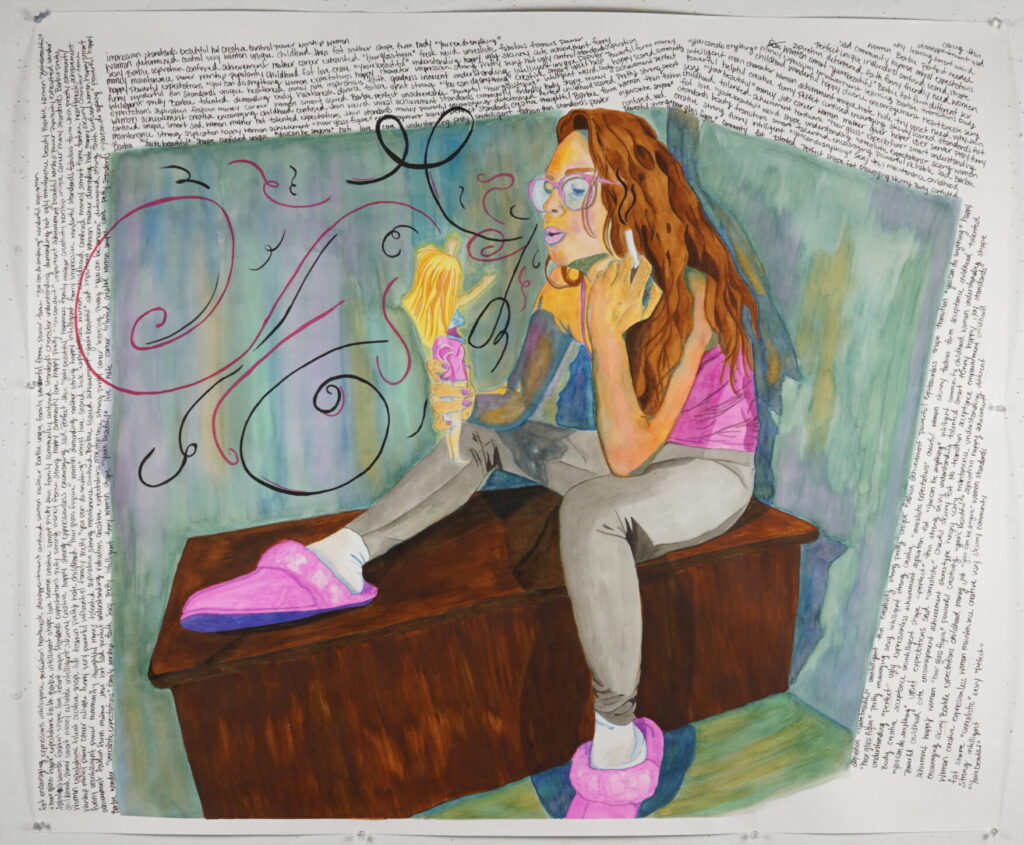
2.You explore the connections artists share through their creative process. What are some key observations or patterns you’ve discovered so far?
I’ve realized that my main focus is on figurative work, which helps me connect with others, along with making other hints of patterns to keep the mood alive and hungry for more. However, I often leave the figure blank, leading to a disconnect that inspires me to create something new for myself. Finding a connection, I never received as a young child and voiding out my figures helps me to find my place in this world. This is how I am responding to the experiences I have overcome.
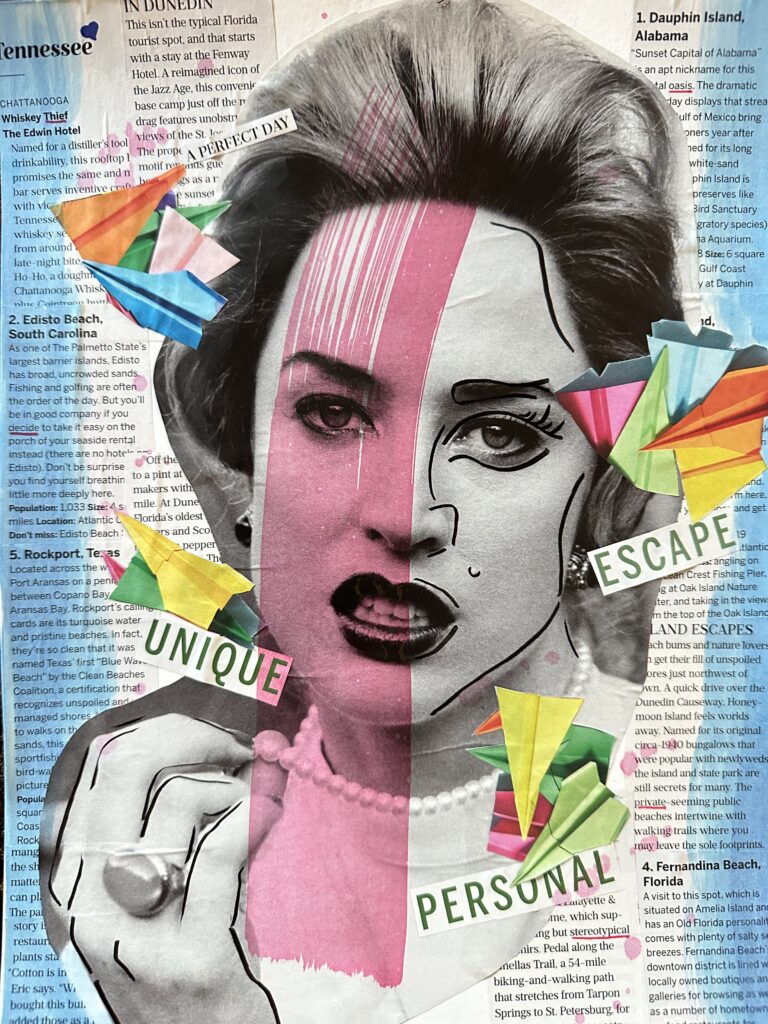
3.You mentioned feeling detached at times during the process. What do you think causes this detachment, and do you see it as a challenge or a necessary part of creation?
I detach myself from the process, as it allows for total focus. I am not bothered with the world around me. I do keep my phone for emergencies. I do have three children to care for still. While I am creating, I do tend to keep music playing, and it allows me to forget the world and its needs around me. To have complete focus on what I am doing draws out a deeper sense of creation and brings in new ideas.
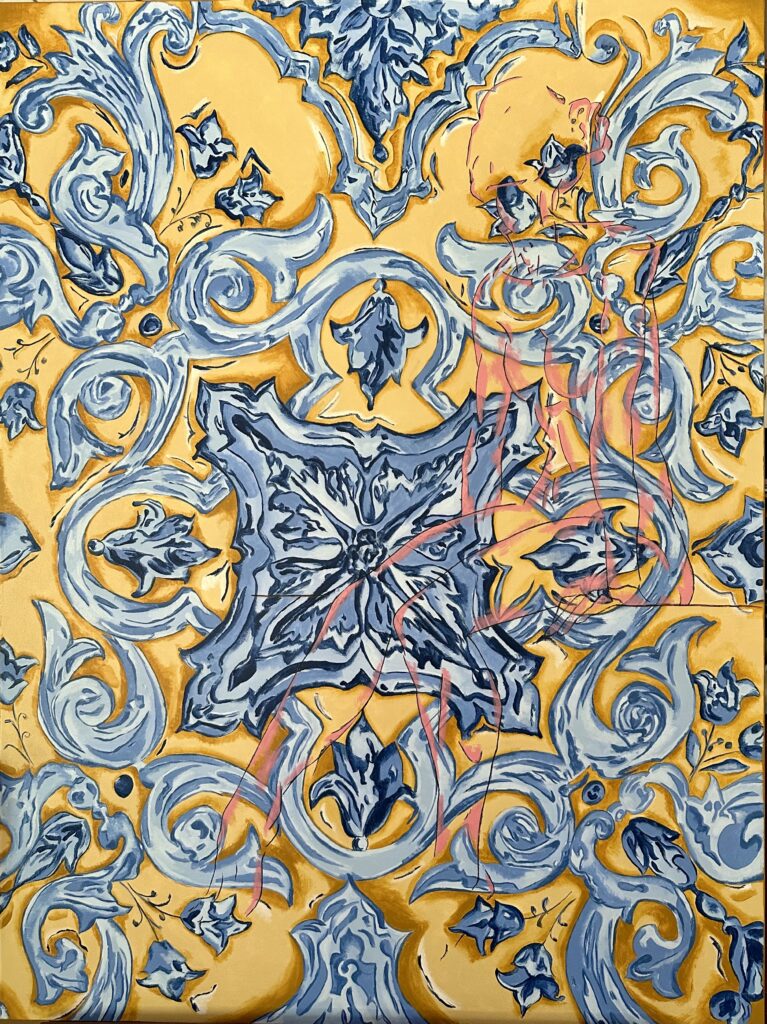
4.Do you find that certain emotions or experiences drive your creativity more than others?
I believe in perspectives bringing on a sense of change for the world. As an artist, it makes sense to take experiences and create from them to allow perspectives to be shown to an audience that may never have the chance to understand. I want to allow for more empathy in the world. It is easy to judge someone or something with your eyes. But to truly understand what is happening and to drop the deception of only what our eyes see can influence change in this world.
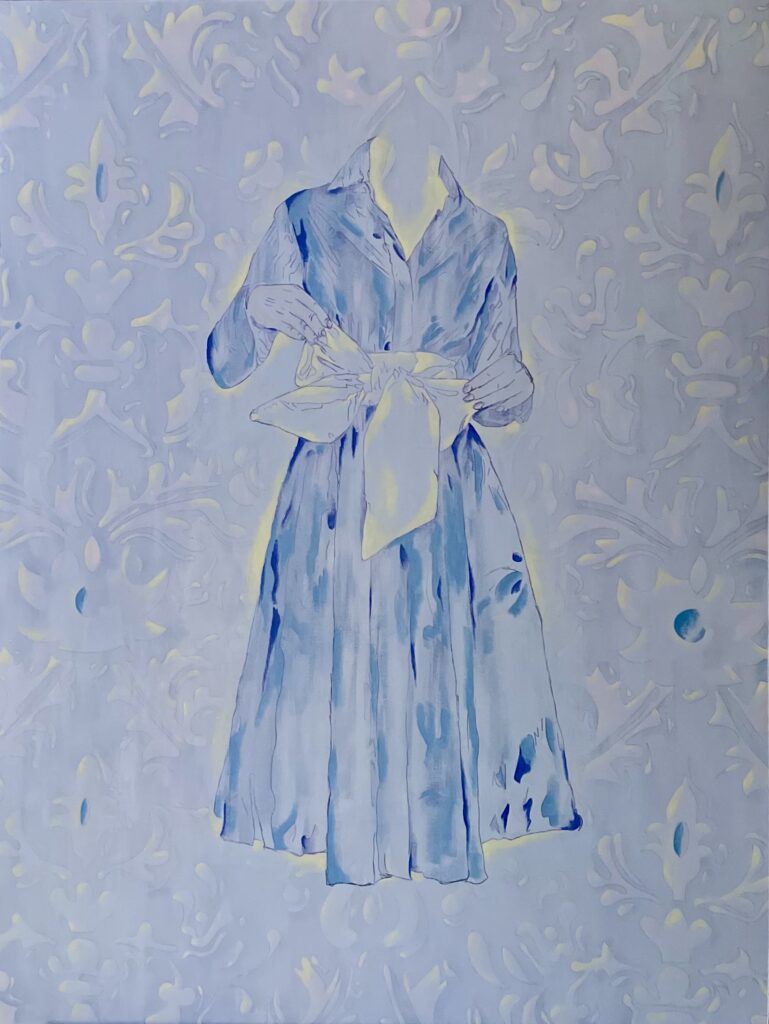
5.Your work involves expressive mark-making and abstracted figurative concepts. How do these elements help you navigate and express the themes of connection?
Having the freedom to express my feelings and thoughts through my work helps me to understand myself more. I reflected on disconnecting with the world during my time creating, and this draws out a deep thought process that I have never been able to have before. I am learning so much about myself.
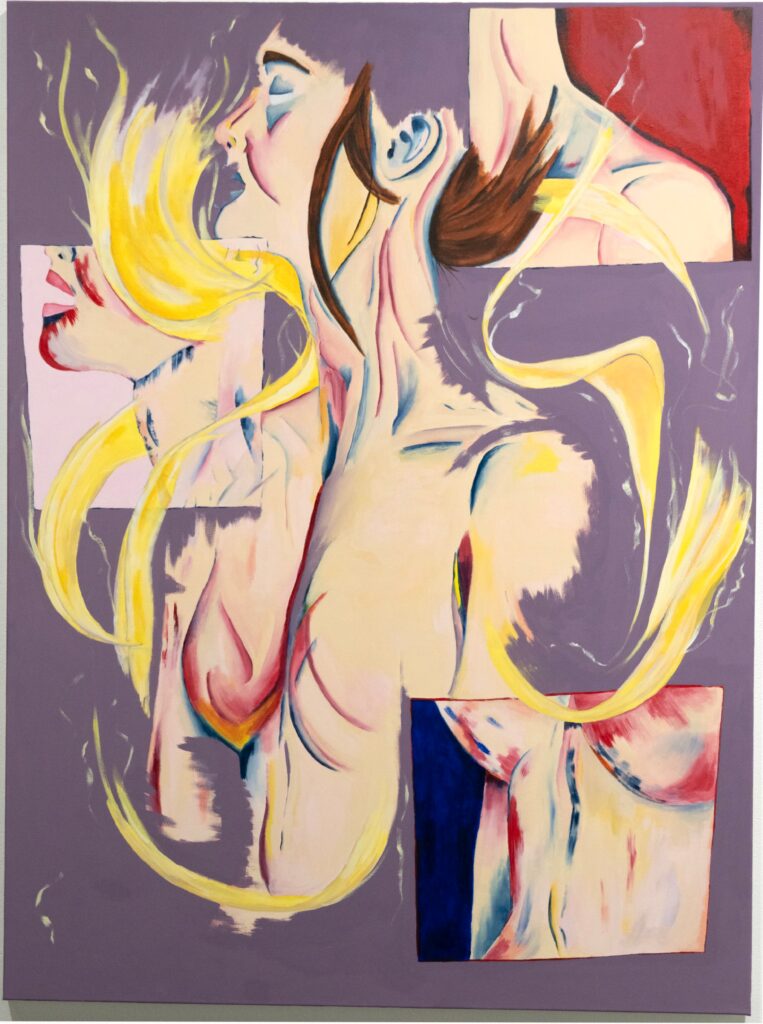
6.Are there any artists—past or present—who have deeply influenced your work or way of thinking?
I have many influences to channel my way of thinking; Monet, Manu Garcia, Justine Otto, Caravaggio, Titian, George Condo, Cy Twombly, Kiki Smith, but certainly all the artists I am surrounded by in my community. I love seeing what they are doing and learning why they are doing it. Other artists’ practices influence me to try new approaches and experiment.
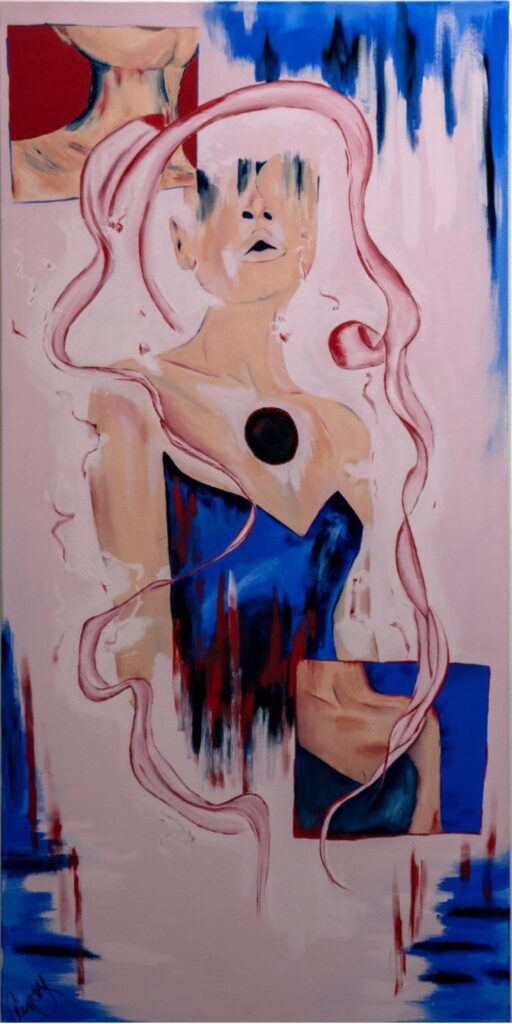
7.What does “connection” mean to you, both personally and artistically?
I feel like connection is a building block, a way to bridge a gap with the world. Both personally and artistically, building connections can create room for growth and creating a sense of being.
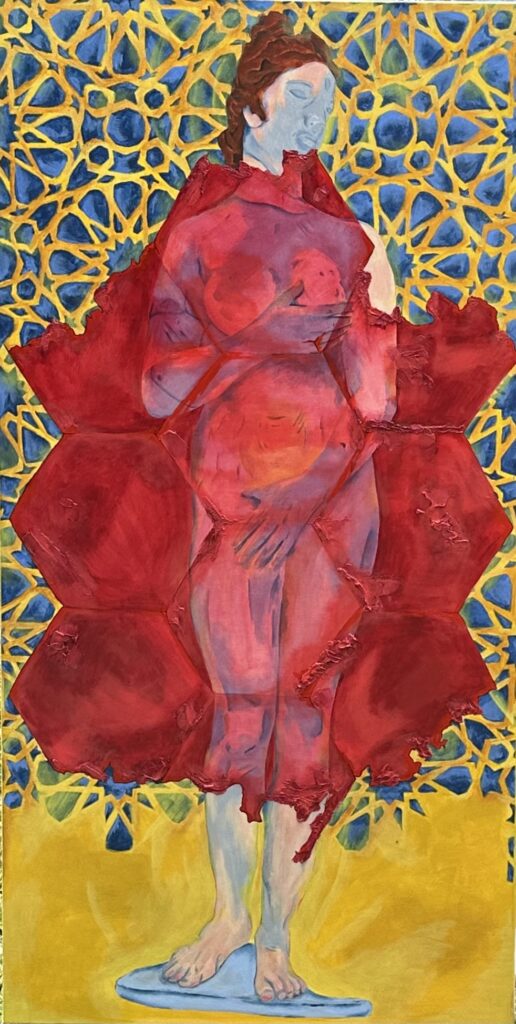
8.How do you hope viewers will engage with your work? What emotions or thoughts do you want to evoke?
My hope for my viewers to engage with my work is to evoke emotions of any kind: happiness, sadness, confusion, intrigue, and curiosity. To be able to bring a sense of questioning and a thirst for more gives me a proud moment because it feels like my work is really being thought about and processed in a sense as the great artists before me have brought to us contemporary artists.
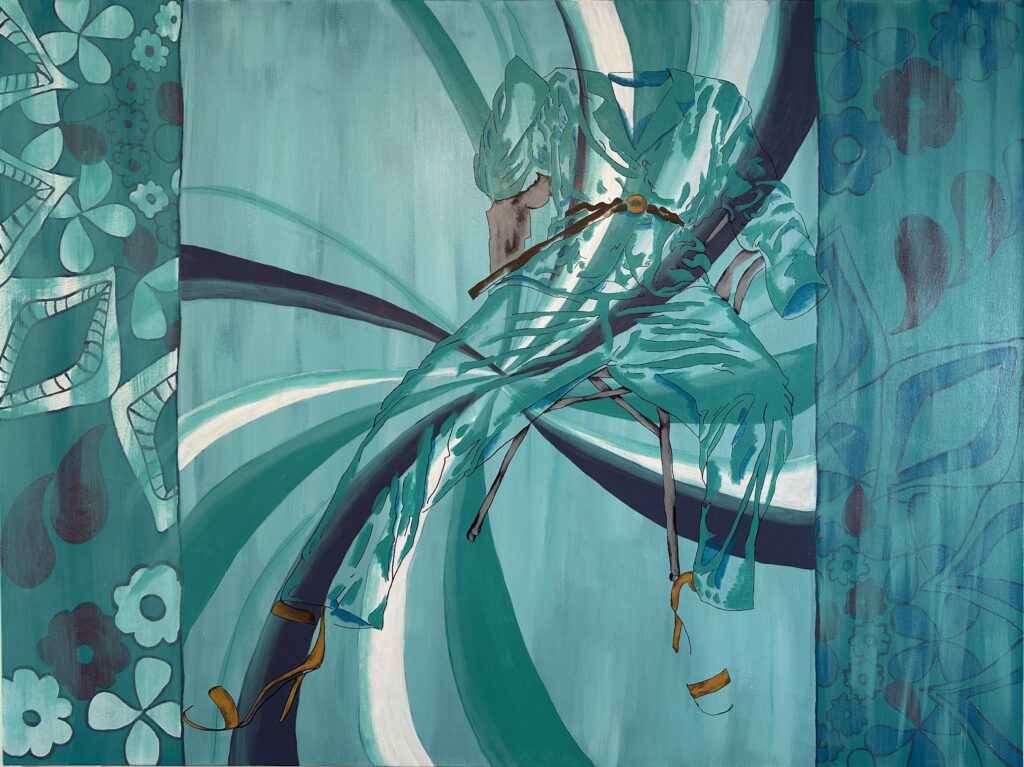
9.Do you believe art has the power to bridge personal and cultural gaps? Have you experienced moments where your art created unexpected connections?
I believe art can bridge any gap the viewer allows. It must be wanted by the viewer, though. No one can force anything on anyone, but if a willing viewer is looking to find something to close this gap, I feel they will find it in art. It can happen at the right time.
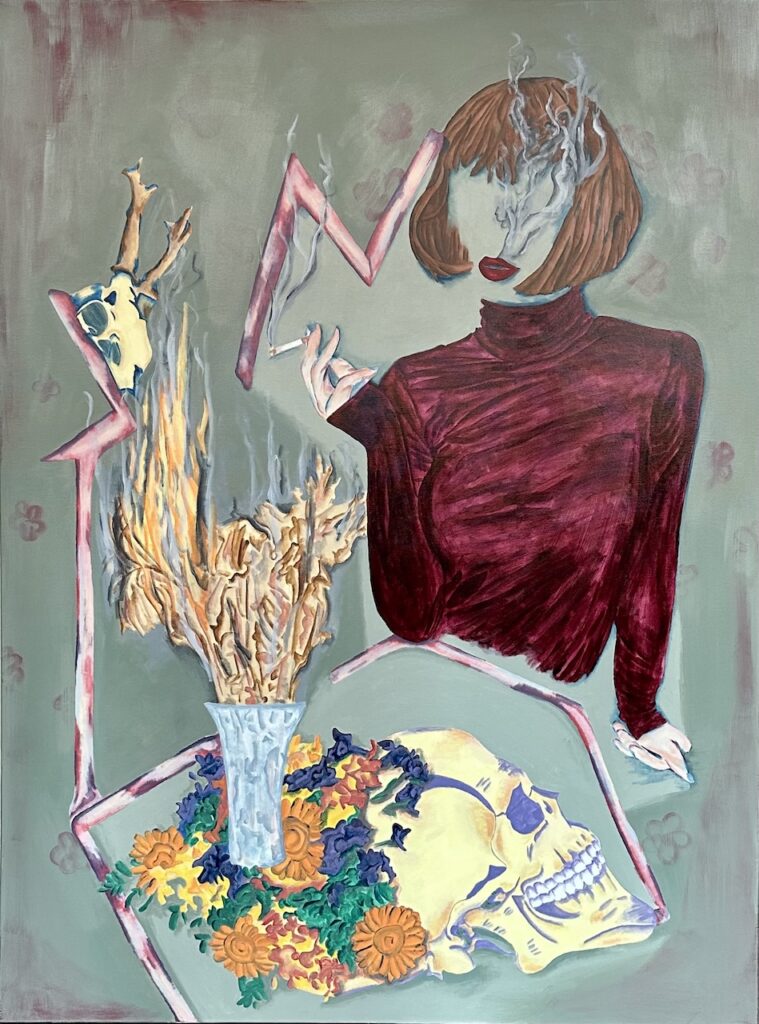
10.What are you currently working on, and how do you see your work evolving in the future?
I recently finished up my thesis, where I was in this blue period and voiding out my figures. But now I want to explore what sort of feelings and emotions I can draw out by creating more through different colors and connecting those to more intricate designs.
